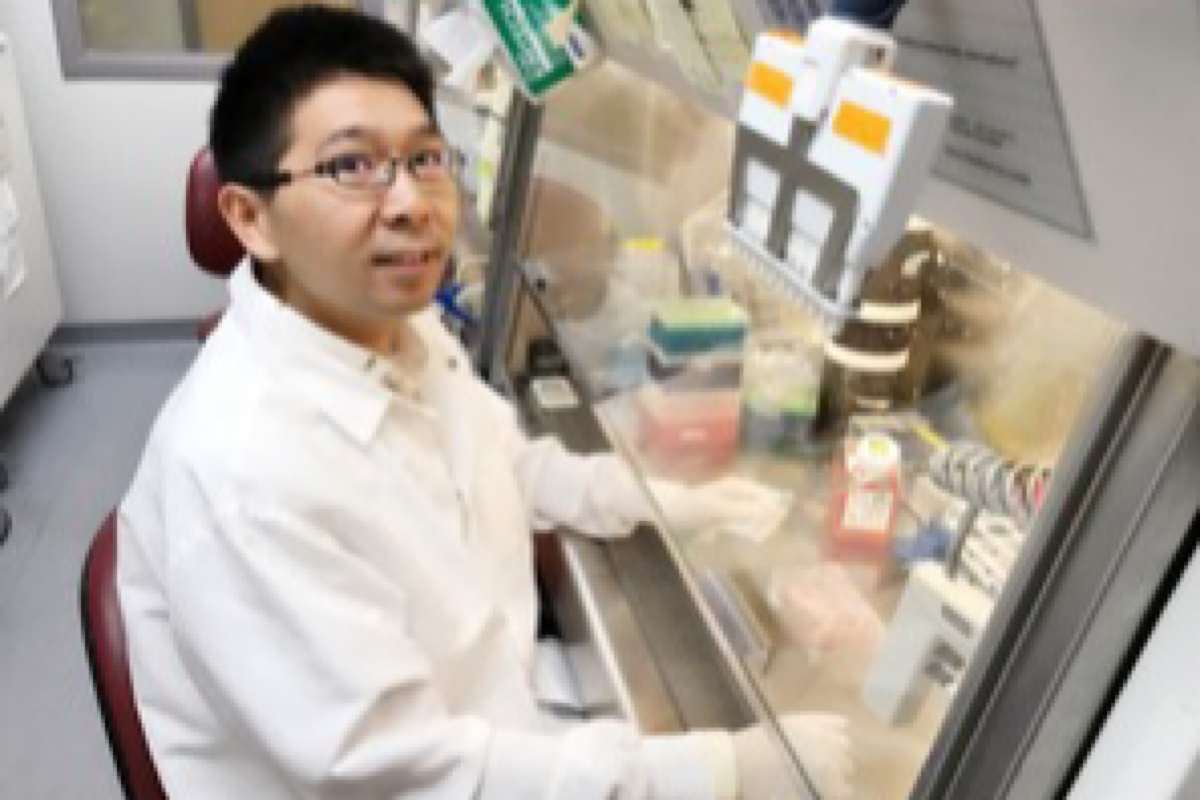A team of US scientists has developed the first 3D-printed brain tissue that can grow and function like typical brain tissue.
The development has important implications for scientists studying the brain and working on treatments for a broad range of neurological and neurodevelopmental disorders, such as Alzheimer’s and Parkinson’s diseases.
“This could be a hugely powerful model to help us understand how brain cells and parts of the brain communicate in humans,” said Su-Chun Zhang, Professor of neuroscience and neurology at University of Wisconsin-Madison, US.
“It could change the way we look at stem cell biology, neuroscience and the pathogenesis of many neurological and psychiatric disorders,” Zhang said.
Instead of using the traditional 3D-printing approach, stacking layers vertically, the researchers went horizontally.
They situated brain cells, neurons grown from induced pluripotent stem cells, in a softer “bio-ink” gel than previous attempts had employed.
“The tissue still has enough structure to hold together but it is soft enough to allow the neurons to grow into each other and start talking to each other,” Zhang said in the paper in the journal Cell Stem Cell.
The cells are laid next to each other like pencils laid next to each other on a tabletop. The printed cells reach through the medium to form connections inside each printed layer as well as across layers, forming networks comparable to human brains.
The neurons communicate, send signals, interact with each other through neurotransmitters, and even form proper networks with support cells that were added to the printed tissue.
“We printed the cerebral cortex and the striatum and what we found was quite striking,” Zhang said.
“Even when we printed different cells belonging to different parts of the brain, they were still able to talk to each other in a very special and specific way.”
The printing technique offers precision — control over the types and arrangement of cells — not found in brain organoids, miniature organs used to study brains. The organoids grow with less organisation and control. The technique does not require special bio-printing equipment or culturing methods to keep the tissue healthy, and can be studied in depth with microscopes, standard imaging techniques and electrodes already common in the field.












